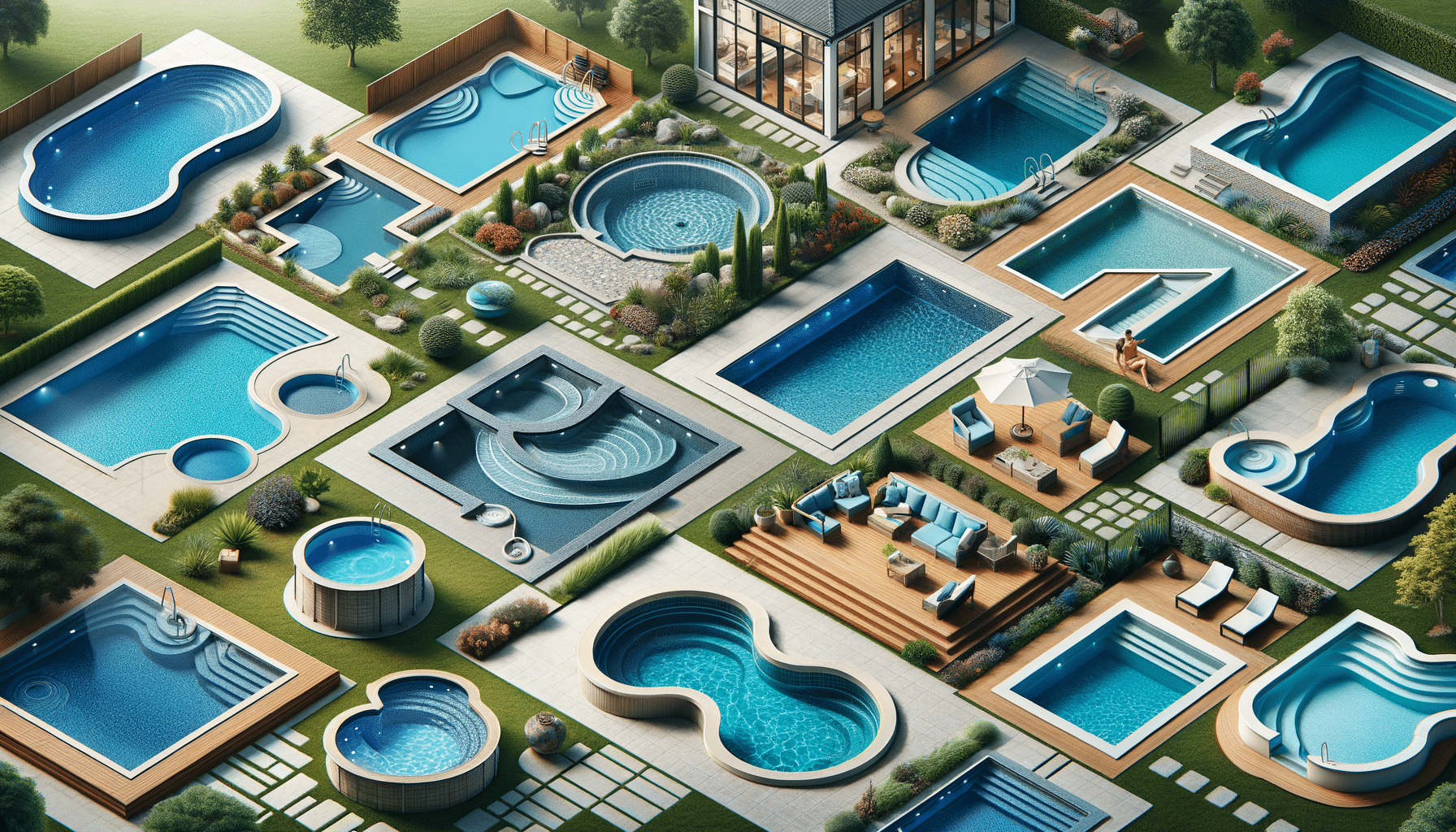
Fiberglass Swimming Pool: A Buying Guide
Introduction to Fiberglass Swimming Pools
Fiberglass swimming pools have become a popular choice for homeowners looking to enhance their outdoor living spaces. Known for their structural strength, smooth finish, and low upkeep, these pools offer a practical and aesthetically pleasing option for many homes. This guide aims to provide an in-depth look at what to consider before purchasing a fiberglass pool, including design flexibility, surface features, and installation steps.
Unlike traditional concrete pools, fiberglass pools are pre-molded in a factory and arrive at your home ready for installation. This process not only speeds up the installation time but also ensures a uniform and high-quality finish. The smooth, non-porous surface of fiberglass pools makes them resistant to algae growth and easier to clean, reducing the need for frequent maintenance.
For those considering a fiberglass swimming pool, understanding the various aspects involved in the decision-making process is crucial. From assessing the available design options to understanding the installation process, each step is vital to ensuring that the pool meets your specific needs and preferences.
Design Flexibility and Options
One of the standout features of fiberglass swimming pools is their design flexibility. Although they are pre-molded, they come in a wide range of shapes, sizes, and colors, allowing homeowners to choose a pool that complements their outdoor space. Whether you prefer a classic rectangular pool or a more freeform design, there is likely a fiberglass option that suits your taste.
The design options are not just limited to the shape and size. Many manufacturers offer additional features such as built-in steps, tanning ledges, and seating areas, enhancing the pool’s functionality and aesthetic appeal. These features can transform a standard pool into a luxurious retreat, perfect for relaxation and entertainment.
Color choices also play a significant role in the overall look of the pool. Fiberglass pools are available in various hues, from traditional blue to more contemporary shades like gray or teal. The color not only affects the pool’s appearance but can also influence the water’s perceived temperature and clarity.
- Wide range of shapes and sizes
- Additional features like steps and ledges
- Variety of color options
Surface Features and Benefits
The surface of a fiberglass swimming pool is one of its most appealing features. Unlike concrete or vinyl liner pools, fiberglass pools have a smooth, non-porous surface that is gentle on the skin and resistant to algae growth. This characteristic reduces the need for harsh chemicals and frequent cleaning, making it an environmentally friendly option.
The durability of the fiberglass surface is another significant advantage. It is resistant to cracks and chips, which are common issues with concrete pools. This resilience ensures that the pool maintains its aesthetic appeal and functionality over time, providing long-term value for homeowners.
Additionally, the smooth surface of fiberglass pools enhances safety, as it reduces the risk of scrapes and injuries. This feature is particularly important for families with young children who are likely to spend a lot of time in and around the pool.
- Smooth, non-porous surface
- Resistant to algae growth
- Durable and crack-resistant
- Enhanced safety for children
Installation Process and Considerations
The installation process of a fiberglass swimming pool is relatively quick and straightforward compared to other types of pools. Once the pool shell is delivered to the site, it is carefully placed into a pre-excavated hole. This process typically takes a few days, minimizing disruption to your property.
However, there are several considerations to keep in mind during installation. Proper site preparation is crucial to ensure the pool is level and stable. This involves assessing the soil conditions and making any necessary adjustments to the excavation site.
Another important factor is the access to your property. Since the pool shell is delivered in one piece, adequate space is needed to transport and maneuver the pool into position. Homeowners should also consider any additional landscaping or decking that may be required to complete the pool area.
- Quick installation time
- Importance of site preparation
- Consideration for property access
- Additional landscaping needs
Maintenance and Longevity
One of the key advantages of fiberglass swimming pools is their low maintenance requirements. The smooth, non-porous surface significantly reduces the need for scrubbing and chemical treatments, saving both time and money for homeowners.
Regular maintenance primarily involves monitoring the water’s chemical balance and occasional cleaning of the pool’s surface and filters. This routine upkeep helps to ensure the pool remains in excellent condition and prolongs its lifespan.
Fiberglass pools are renowned for their longevity, often lasting several decades with proper care. This durability makes them a cost-effective investment, as they require fewer repairs and replacements compared to other pool types.
Overall, the combination of low maintenance and long lifespan makes fiberglass swimming pools an attractive option for those seeking a hassle-free swimming experience.
- Low maintenance requirements
- Routine chemical balance checks
- Long-lasting durability
- Cost-effective investment


